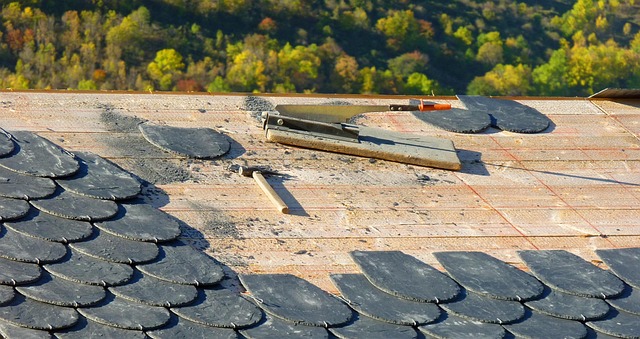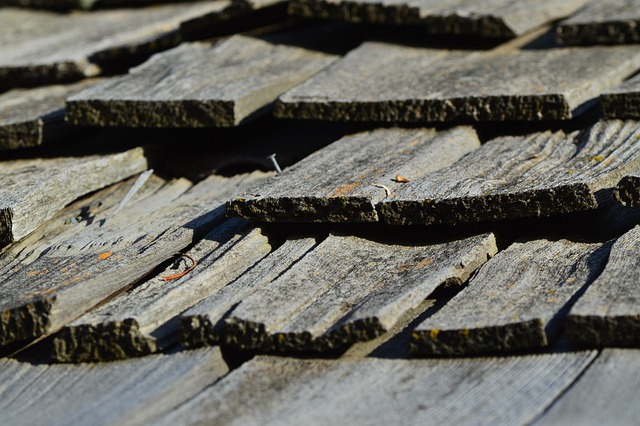Roof flashing is an indispensable component of Houston roof repair, safeguarding against water infiltration at vital junctions. Crafted from materials like metal, rubber, or PVC, it seals joints, valleys, and penetrations to prevent leaks, especially in complex areas exposed to weather. Proper installation inclines the flashing to drain water away from the deck, averting structural damage. Regular inspections and maintenance by Houston residents are crucial to guard against storm-related water damage, ensuring efficient houston roof repair.
“In the world of Houston roof repair, understanding roof flashing is crucial for preventing water infiltration. This thin barrier plays a vital role in keeping your home dry by sealing joints where roof meets walls, chimneys, and other protrusions. This article delves into the essence of roof flashing and offers a comprehensive step-by-step guide to fixing and maintaining it, specifically tailored for Houston’s unique weather conditions.”
- Understanding Roof Flashing and Its Role in Water Prevention
- Step-by-Step Guide to Fixing and Maintaining Roof Flashing in Houston Roof Repair
Understanding Roof Flashing and Its Role in Water Prevention

Roof flashing is a crucial component in any roofing system, designed to prevent water infiltration at points where the roof meets other materials or features. In Houston roof repair, understanding flashing and its proper installation is key to maintaining a dry and healthy home. Flashing acts as a barrier, sealing joints, valleys, and penetrations like chimneys, vents, and pipes. These areas are particularly vulnerable to leaks due to their complex geometry and exposure to the elements.
Effective flashing involves using waterproof materials like metal, rubber, or PVC to create a seamless seal. A well-installed flashing system should be sloped to direct water away from the roof deck, preventing it from pooling or finding its way into the building structure. Houston residents often face unique challenges with flashing due to the area’s unpredictable weather patterns and frequent storms, making regular inspections and maintenance critical to avoid costly water damage.
Step-by-Step Guide to Fixing and Maintaining Roof Flashing in Houston Roof Repair

Fixing and maintaining roof flashing is an essential part of Houston roof repair, ensuring your home stays protected from water damage. Here’s a step-by-step guide to help you tackle this task effectively. Begin by inspecting your roof for any damaged or missing flashing. This metal component seals the joints between your roof and walls, so look out for cracks, corrosion, or signs of wear. If issues are identified, gather your tools: a new piece of flashing, caulk, a utility knife, and a screwdriver.
Next, remove the old flashing carefully using the utility knife. Ensure you cut along the existing seal to avoid damaging surrounding materials. Once removed, clean the area thoroughly to eliminate debris or dirt. Apply a bead of caulk along the edge where the roof meets the wall, pressing the new flashing into place. Secure it with screws at regular intervals for a sturdy hold. Finally, smooth any excess caulk and check for gaps or leaks, ensuring your Houston roof repair is complete and effective.
In conclusion, proper roof flashing installation and regular maintenance are vital components of any successful Houston roof repair strategy. Understanding the role of flashing in water prevention is key to safeguarding your home from costly damage. By following the step-by-step guide outlined in this article, you can effectively fix and maintain your roof flashing, ensuring a durable and leak-free shield for years to come. When it comes to Houston roof repair, addressing flashing issues promptly is a game changer, protecting your property from the elements and preserving its value.
